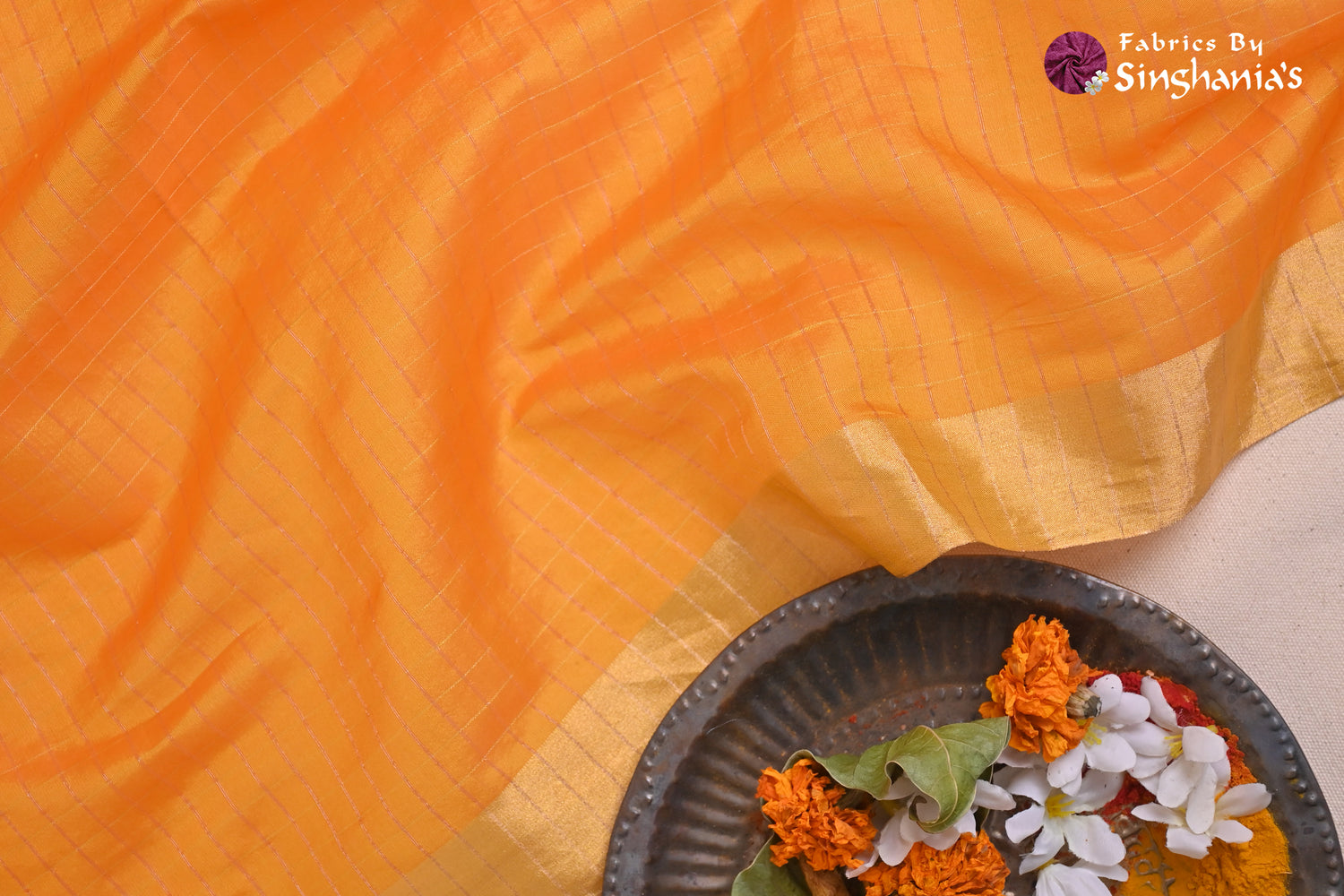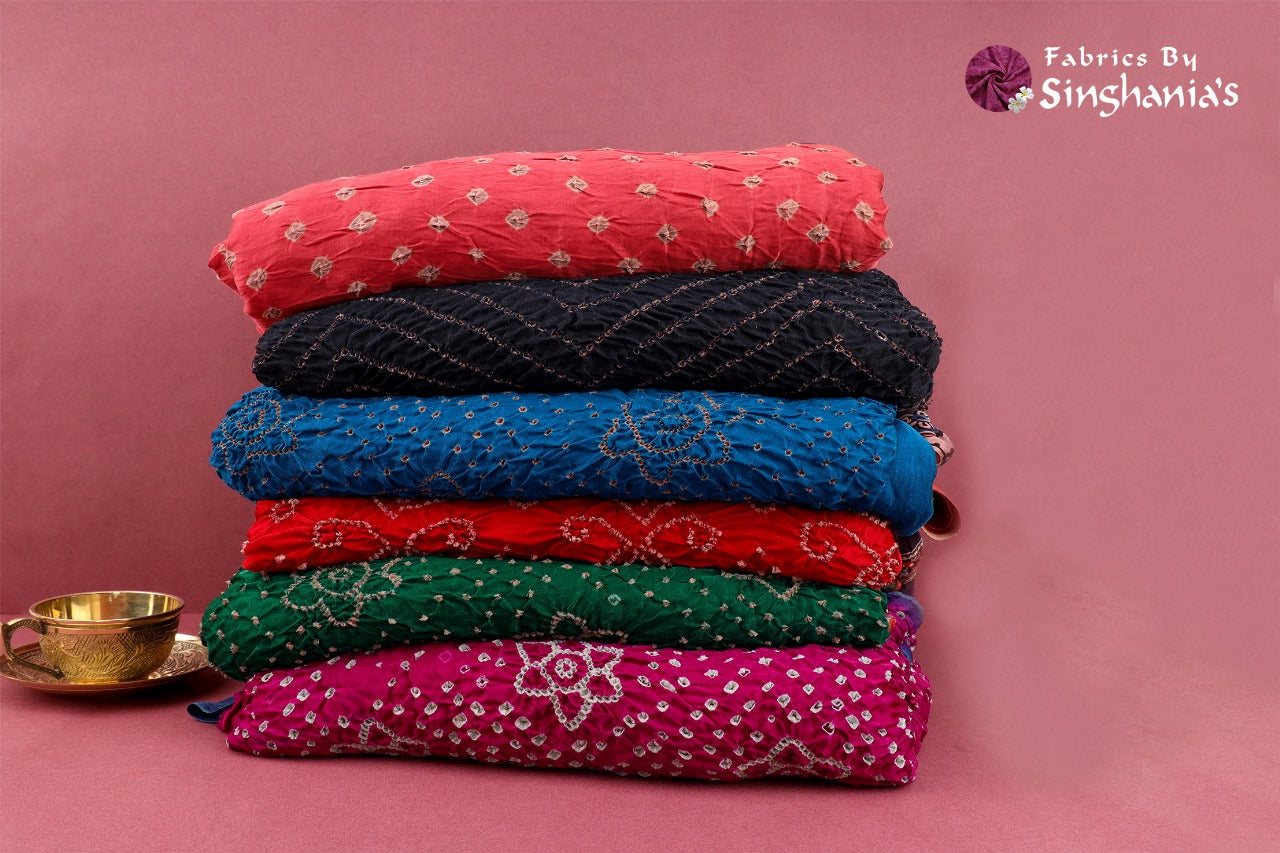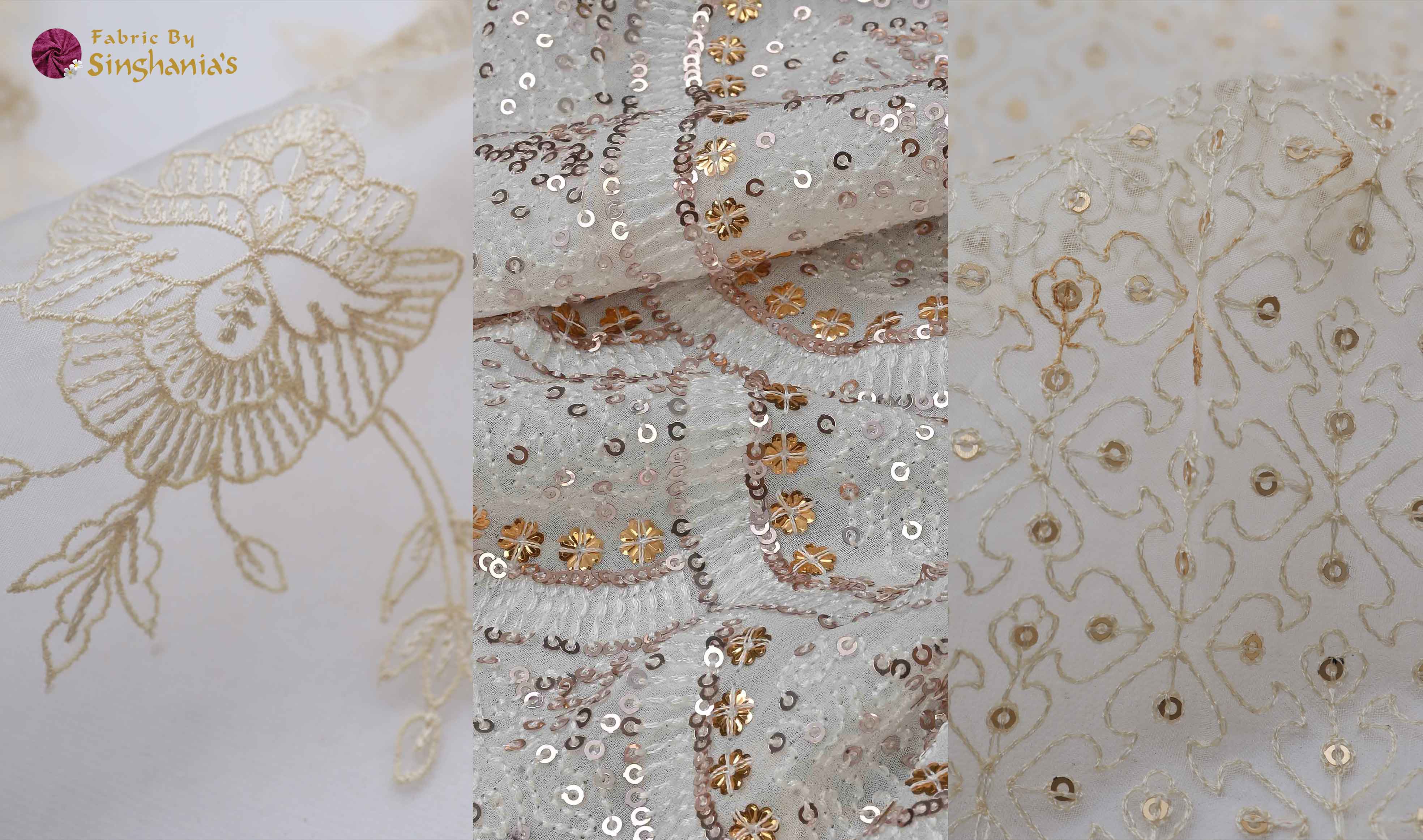For centuries, Silk - the fabric of emperors and elegance, has been a source of fascination for humanity. However, as its popularity increases, it becomes more difficult to identify.
This blog is your trusted guide, whether you're an experienced silk expert or just someone who needs a guide to own it.

Have you dreamt of owning a piece of genuine silk, its smooth touch and lustrous drape whispering tales of ancient trade routes and timeless elegance? But in today’s market, amidst a flurry of labels and imitations, how can you ensure you’re not mistaken for rayon over royalty?
Here are some of the characteristics that will help you in determining which fabric is genuine silk and which is not.
A touch test
Touch, a powerful sense, can unwind the truth. Run your fingertips lightly across the fabric. Real silk has an excellent smoothness, almost waxy, lacking any roughness or texture. It drapes nicely, like liquid, and has a subtle polish. Give it a slight pull; a satisfying crush confirms it's the real material. Now rub it firmly: did it warm up gently? That is a hallmark of natural silk.
Quality and Quantity
Identifying real silk from its synthetic mimics frequently requires a mix of quality and quantity tests. While number alone cannot be accurate, it does provide signs. Real silk threads are extremely thin and delicate, requiring multiple cocoons to generate a small amount of cloth. This results in silk clothing that feels lightweight but rich, with a natural drape and mild translucency. Synthetic alternatives created from thicker threads are typically heavier, rigid, and lack a unique drape.
If you're unsure, ask an expert, especially if the possession is valuable. Finally, your strong senses and understanding go a long way towards noticing the beauty and authenticity of genuine silk.
Appearance
Silk has a memorable, delicate luster that is highly challenging to mimic. True, production technology is constantly improving, and manufacturers are now able to produce truly attractive silk analogues, but even with poor eyesight, a simple touch is often enough.
Hand woven silk is unique. The texture's evenness varies slightly and is extremely evident. Don't worry! These are normal and expected. These faults are what set the product apart. Machine-woven silks look stunning. They lack flair due to their bland texture.
The Crinkle Test
Take a small, inconspicuous bit of fabric and crumple it forcefully in your palm for a few seconds. Listen for a distinct, subtle crackling sound, like the rustling of dry leaves. This sound is the signature of silk fibers rubbing against each other. Synthetics will typically be silent or have a dull crunching sound. Wrinkles will appear in real silk, but they will soon smooth out as you relax the fabric. Wrinkles may be more stubborn in synthetic silk, or the cloth may bounce back immediately due to its firmer composition.
The crinkle test, while useful, is not perfect in distinguishing genuine silk. It relies on silk's natural wrinkling and recovery qualities, as opposed to synthetics.
By equipping yourself with knowledge, adopting a cautious yet informed approach, and prioritizing ethical sourcing, you can navigate the world of silk confidently and make informed choices that align with your values.
Remember, the true value of silk lies not just in its authenticity, but in the emotions, it evokes and the experiences it creates. So, let your silk journey be one of discovery, appreciation, and, most importantly, joy.
Shop Smart and follow us!
Build relationships with trustworthy retailers like Fabric By Singhanias who specialize in authentic silks. We can provide valuable insights and guidance, ensuring you make informed purchases. Feel free to engage in your own research to deepen your understanding.



